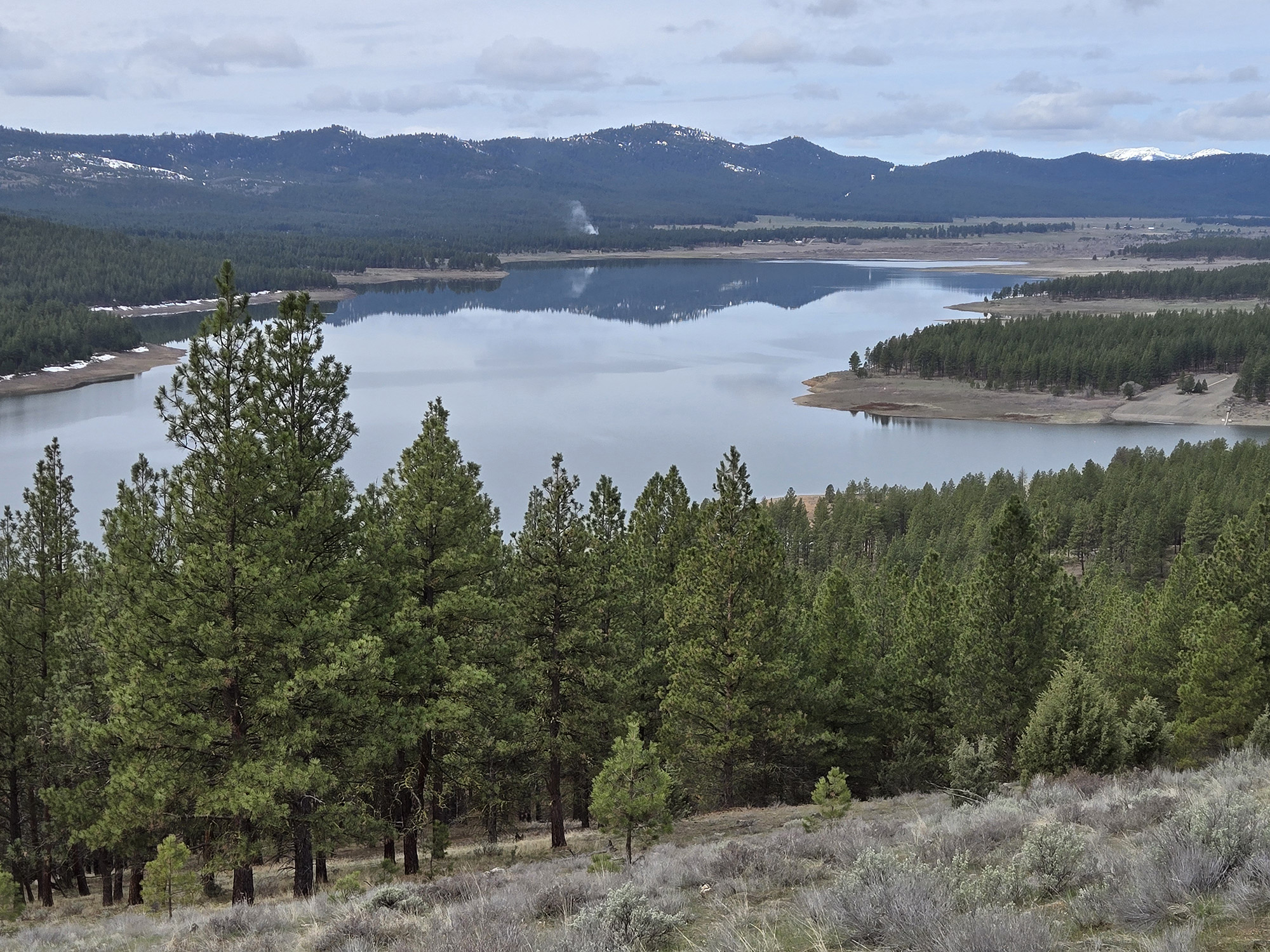Catching crappie on the fly
Published 6:00 am Saturday, July 11, 2020

- The Mihulka Crappie Special Yellow.
“Lay the fly on the water. Strip line out. That’s right. Now shake the rod tip.”
Trending
That’s fly-fishing. These kids — the 4-year-old grandson and the 6-year-old granddaughter — can cast a fly as well as any kid, but they don’t need to. Not in a canoe or a boat. When our craft catches a bit of wind and we began to drift, they can work out the line, get the fly to where the fish are and keep it there.
And when they’re not casting, they’re not hooking their grandpa.
One thing we figured out pretty early is, if we were going to turn these kids into fishermen, we need to make sure they succeed almost every time we fish. We tell them we don’t get fish every trip. But we make sure they catch fish at least 19 times out of 20 tries. Crappie are good for our numbers.
Trending
It was time to expose the kids to this most sporting of the spiny-rays.
When we put the boat in the water, there was a chop at the surface and fish on the depthfinder at 40 feet. But when fish are schooled like that, the feeders are higher in the water column.
We set our indicators at 8 feet. The local intel said the fish wanted red and white and pink and white, and we found the patterns in our boxes and knotted them on. With the wind out of the northwest we would drift at a pretty good clip until the breeze died at sunset.
My wife, Merrilee, was in charge of Little Smokey armed with her 2-weight rod and the boy, Johnny, elected to stay at the back of the boat where he could help run the Mercury with my dad.
We let the breeze blow us past a rocky point and as soon as we were in open water, Johnny’s indicator jabbed underwater.
When the crappie began to put its saucer-sized flanks into the battle, the boy arched the rod and grabbed the reel handle. His grandma netted the fish for him and the first crappie went into the box.
Crappie eat all sorts of things, from copepods to chironimidae, but they are programmed to chase small fish. Good streamer options include mall silvery minnow imitations, chartreuse Woolly Buggers, little gold chubs with thin black fins and white leeches and red and white and pink and white. Crappie flies should be heavy, with tungsten or lead heads. If they are tied in the balance style or on jig hooks, so much the better. Because we are targeting crappie at a specific depth, a heavy fly gets down where the feeders are, as fast as it can get there.
For a strike indicator I opt for a plastic Thingamabobber, which loops on the line and can slide up and down. A 9-foot leader (when paired with a 9-foot rod) is a good choice because the float can be set at the top of the leader’s butt section.
Casting is a consideration, but in a wind-drift situation, the float can be put out upwind and the line stays taut. When anchored up, flip the float downwind and let the rig drift on the riffled water. With the up and down motion of the wavelets — that little bounce — the marabou tail on the fly dances, giving life to the fly.
Some great crappie waters in Northeast Oregon include the John Day pool on the Columbia, Messner Pond, Cold Springs Reservoir, McKay Reservoir and Willow Creek Reservoir.
My dad and granddaughter battled to see who could land the most fish. When the float twitched, the 6-year-old learned to set the hook fast.
Of course, I had my own numbers to put up. When the indicator went under, I set the hook and pulled the fly out of the fish’s paper mouth. A gust of wind caught the line and I snagged my granddaughter in the arm of her new sweater.
“Grandpa,” she said, “You have to be more careful.”









